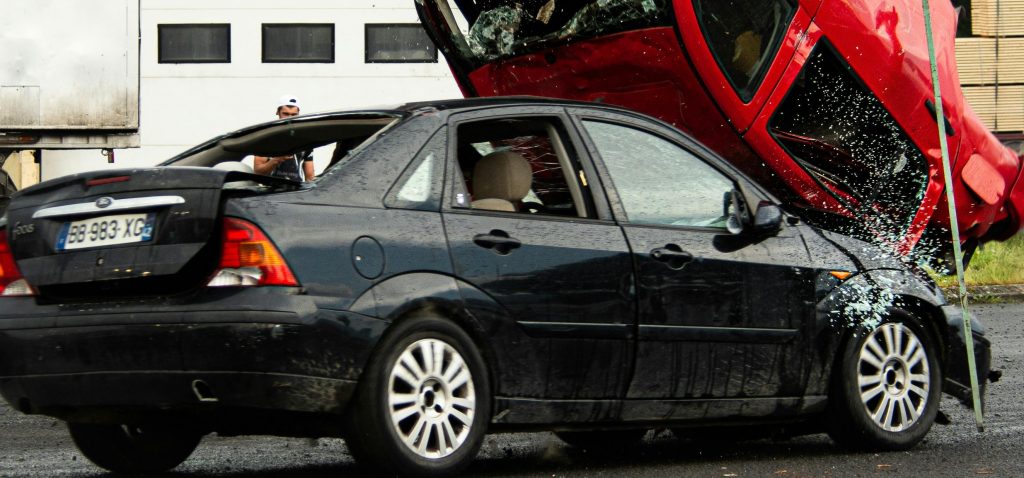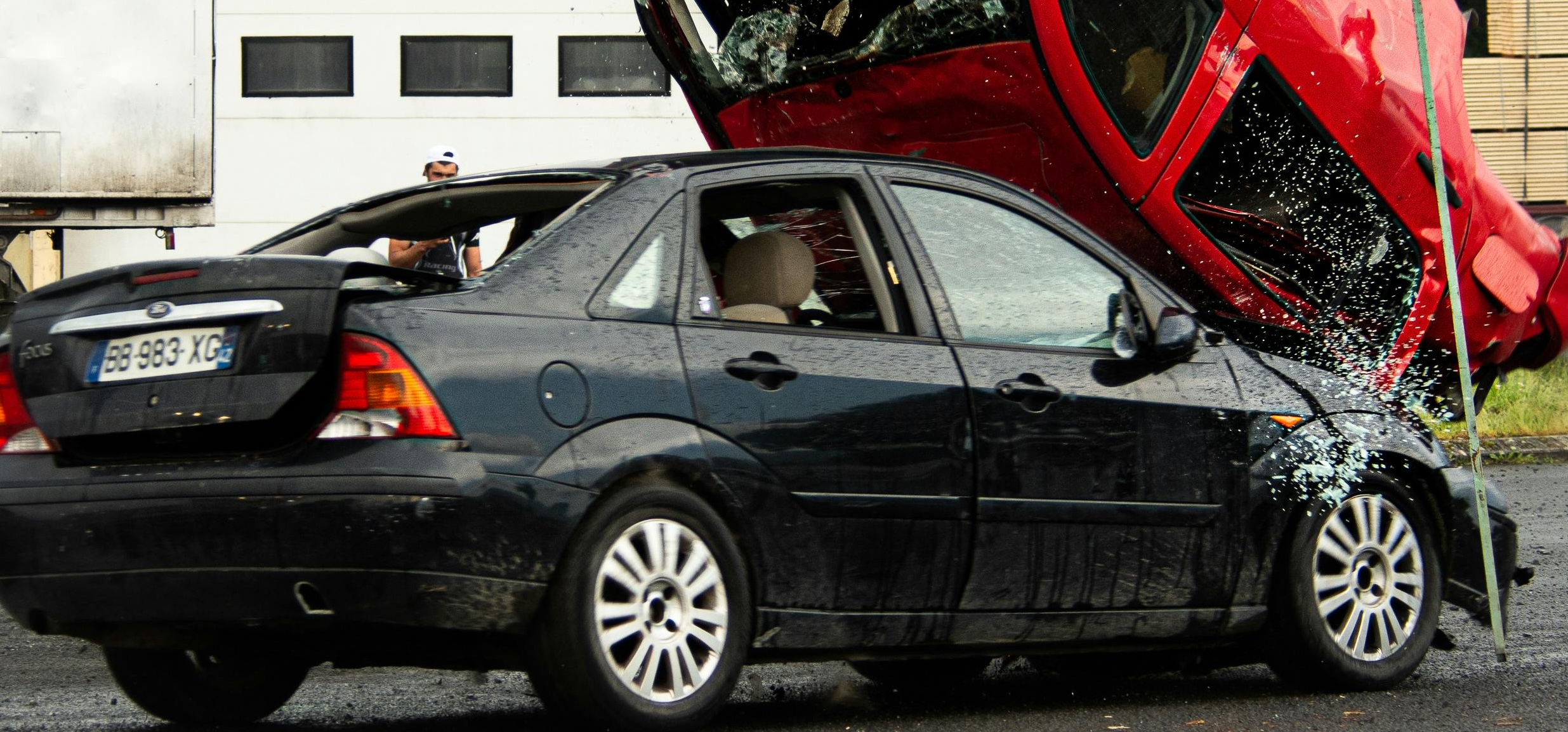Basics of Vehicular Manslaughter.
Under California Penal Code § 192(c) sub 1 through 3, Vehicular Manslaughter occurs when a person causes the death of another person through driving a vehicle, and that death is the result of negligence. There are two levels of vehicular manslaughter, Felony and Misdemeanor, though they are not clearly enumerated in the code sections. The distinction is the level of negligence and whether alcohol played a part.
Felony Vehicular Manslaughter: California Penal Code § 192(c)(1) is a wobbler, meaning it is a felony that could be charged as a misdemeanor though I’ve never seen it charged this way. It does leave open the possibility of asking the judge to reduce it. Nevertheless, this charge alleges that the driver’s actions are grossly negligent or reckless, or the driver was intoxicated at the time of the collision, or both. The penalty is up to 6 years in Prison; Cal. Pen. Code § 192(c)(3) is a straight felony, and is charged if it can be proved that the collision was the result of an insurance fraud scheme; § 192(c)(3) is punished with up to 10 years in prison.
Gross Negligence is determined by the “totality of the circumstances” but the code section names the following as examples of conduct which, if it results in death, is considered Gross Negligence:
• Participation in a “sideshow”
• Speed contest (racing), or
• Speeding over 100 m.p.h.
Misdemeanor Vehicular Manslaughter: California Penal Code § 192(c)(2) is a misdemeanor only and is charged if it can be proved that the driver’s negligence leads to a death, but the negligence does not rise to the level of gross negligence. See Misdemeanor Manslaughter post.
Vehicular manslaughter can also be charged in a way to create a strike offence. See post.


